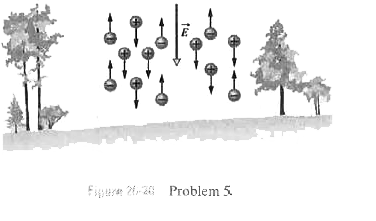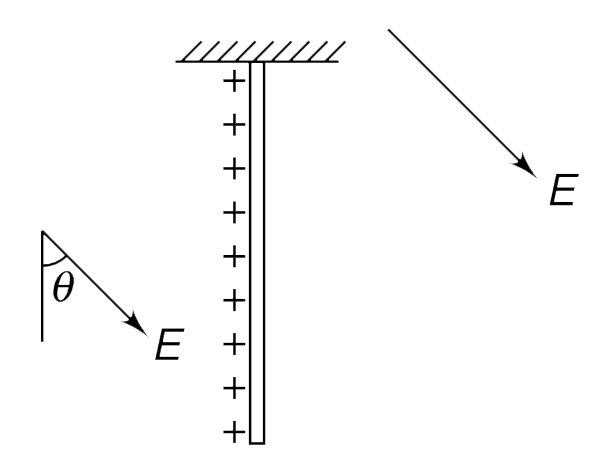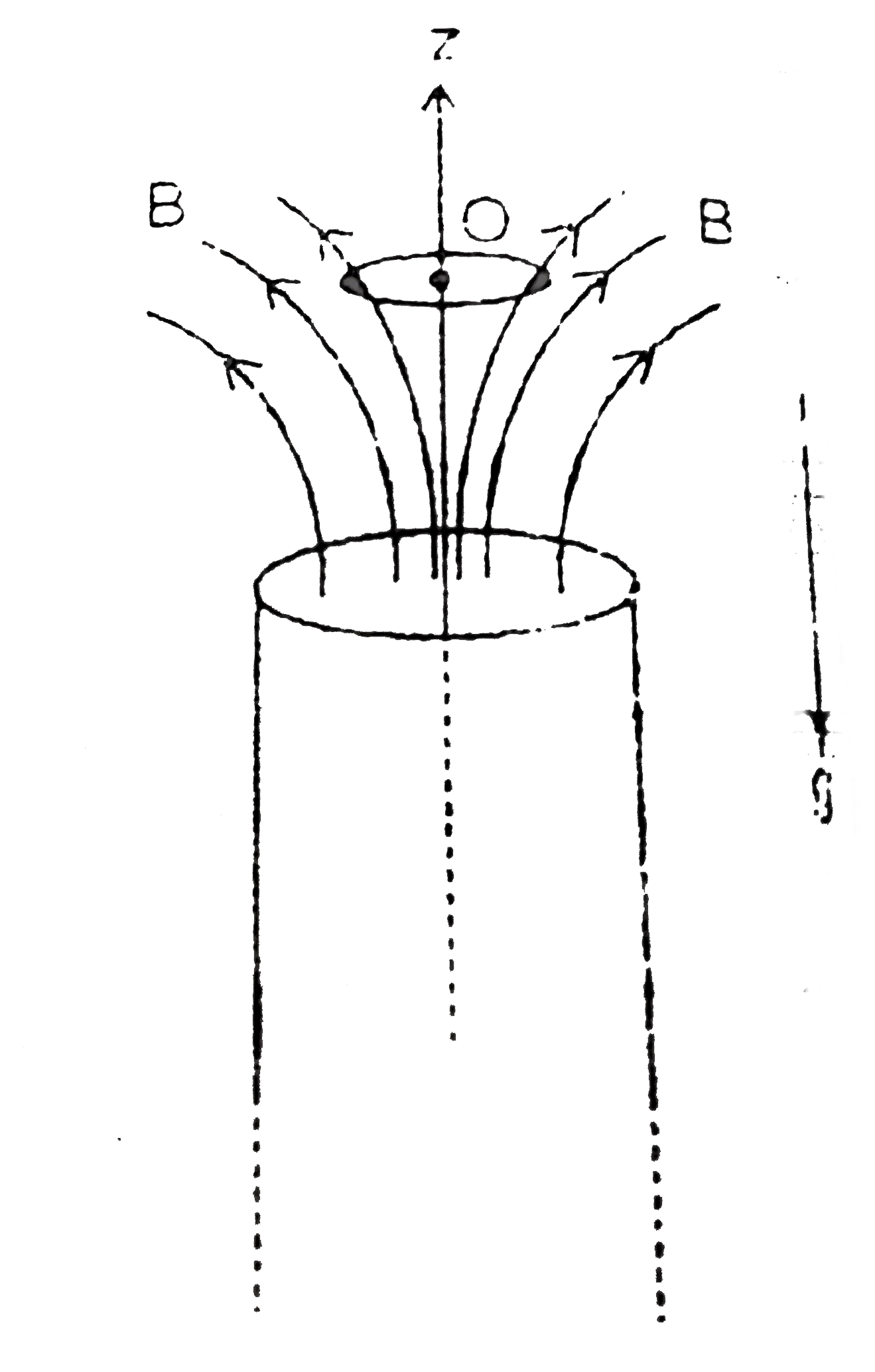In a genus A modified root become aerial and grows vertically upwards (negatively geotropic) and ina genus B modified adventitious aerial roots grow vertically downwards (positively geotropic). A and B are respectively
Zea mays, Pisum
Rhizophora, Ficus
Zea mays, Rhizophora
Vanda, Rhizophora
The correct Answer is:B
To solve the question, we need to identify the two genera based on the characteristics of their modified roots. Here’s a step-by-step breakdown of the solution:
1. Understanding the Characteristics of Genus A:
- Genus A has modified roots that are aerial and grow vertically upwards (negatively geotropic).
- This type of root modification is typically found in plants that grow in swampy or marshy areas where the soil is waterlogged and lacks aeration.
2. Identifying Genus A:
- A well-known example of a plant that exhibits this type of root modification is Rhizophora.
- The roots of Rhizophora are known as pneumatophores, which grow upwards to facilitate respiration in waterlogged soils.
3. Understanding the Characteristics of Genus B:
- Genus B has modified adventitious aerial roots that grow vertically downwards (positively geotropic).
- These roots typically provide support to the plant and are often seen in larger trees.
4. Identifying Genus B:
- A classic example of this type of root modification is found in the Banyan tree, scientifically known as Ficus benghalensis.
- The roots of the Banyan tree grow downwards from the branches to provide additional support to the massive structure of the tree.
5. Final Answer:
- Therefore, the two genera are:
- Genus A: Rhizophora
- Genus B: Ficus
- Genus A has modified roots that are aerial and grow vertically upwards (negatively geotropic).
- This type of root modification is typically found in plants that grow in swampy or marshy areas where the soil is waterlogged and lacks aeration.
- A well-known example of a plant that exhibits this type of root modification is Rhizophora.
- The roots of Rhizophora are known as pneumatophores, which grow upwards to facilitate respiration in waterlogged soils.
- Genus B has modified adventitious aerial roots that grow vertically downwards (positively geotropic).
- These roots typically provide support to the plant and are often seen in larger trees.
- A classic example of this type of root modification is found in the Banyan tree, scientifically known as Ficus benghalensis.
- The roots of the Banyan tree grow downwards from the branches to provide additional support to the massive structure of the tree.
- Therefore, the two genera are:
- Genus A: Rhizophora
- Genus B: Ficus
Similar Questions
A positively charged particle of mass m and charge q is projected on a rough horizontal x-y plane surface with z-axis in the vertically upward direction. Both electric and magnetic fields are acting in the region and given by →E=−E0ˆkand→B=−B0ˆk , respectively. The particle enters into the field at (a0,0,0) with velocity →v=v0ˆj. The particle starts moving in some curved path on the plane. If the coefficient of friction between the particle and the plane is μ. Then calculate the
(a) time when the particle will come to rest
(b) distance travelled by the particle when it comes to rest.

View SolutionA projectile is thrown from ground at a speed v0 at an angle α to the horizontal. Consider point of projection as origin, horizontal direction as X axis and vertically upward as Y axis. Let t be the time when the velocity vector of the projectile becomes perpendicular to its position vector.
(a) Write a quadratic equation in t.
(b) What is the maximum angle a for which the distance of projectile from the point of projection always keeps on increasing? [Hint: Start from the equation you obtained in part (a)]
View Solution
Knowledge Check
In Sonneratia many roots come out of the substratum and grow vertically upwards. They are
APneumatophoresBProp rootsCStilt rootsDNone of the above$ Stilt roots grow obliquely into soil.
! Respiratory roots are negatively geotropic.AIf both As and R are correct and R is correct explanation of AsBIf both As and R are correct but R is not correct explanation of AsCIf As is correct, R is wrongDIf both As and R are wrong.In two plants A and B the first plant shows horizontally growing underground stem and the second plant shows vertically growing underground stem and both of them belong to the same family. A and B plants respectively are
AMusa, ColocasiaBZingiber, AmorphophallusCAllium, GloriosaDGloriosa, Colchicum
Earth's lower atmosphere contains negative and positive ions that are produced by radioactive elements in the soil and cosmic rays from space. In a certain region, the atmospheric electric field strength is 120 V/m and the field is directed vertically down. This field causes singly charged positive ions, at a density of 640cm−1 to drift downward and singly charged negative ions, at a density of 550 cm−3. ? to drift upward (Fig. 26-20). The measured conductivity of the air in that region is 2.70×10−14W(Ω.m)−1. Calculate (a) the magnitude of the current densily and (b) the ion drift speed, assumed to be the same for positive and negative ions.

View SolutionIn the last question let us assume that the uniform electric field makes an angle θ with the vertical in downward direction. With the uniformly charged rod in vertical position the field is switched on. Mass of the rod, its length and charge per unit length is M, L and λ respectively. (a) Find the strength of field (E) such that the rod can reach the horizontal position if θ=30∘ (b) Find the minimum strength of field (E) such that the rod can reach the horizontal position if θ=60∘ (c) However high the field might be, the rod cannot become horizontal if θ<θ0 find θ0

View SolutionIn some plants such as Rhizophora growing in swampy areas, many roots come out of the ground and grow vertically upwards. Such roots and called
View SolutionWhich of the following statements are incorrect?
I. In all multipurpose stem modifications underground stem stores food materials
II. In the stemtuber of potato adventitious buds participate in vegetative reproduction
III. Bulb of onion contains adventitious roots, scale leaves, tunic, scape and fleshy discoid stem
IV. The corm of Zaminkand grows vertically downwards in the soil
View SolutionA thin superconducting (zero resistance) ring a held above a vertical long solenoid, as shown in the figure. The axis of symmetry of the ring is same to that of the solenoid. The cylindrically symmetric magnetic field around the ring can be described approximately in terms of the vertical and radial component of the magnetic field vector as Bz=B0(1−αz) and Br=B0βr, where B0,α and β are positive constants, and z & r are vertical and radial position coordinates, respectively, Initially plane of the ring is horizontal has no current flowing in it. When relreased, it starts to move downwards with its axis axis still vertical. Initial coordinates of the centre of the ring 'O' is z = 0 and r =0. In the given diagram point O is on the axis and slightly above the solenoid having vertical and radial position coordinates as (0,0) Ring has mass m, radius m, radius r0 and self inductance L. Assume the acceleration due to gravity as g.

Find the vertical coordinates z for equilibrium position of the ring.
View Solution
